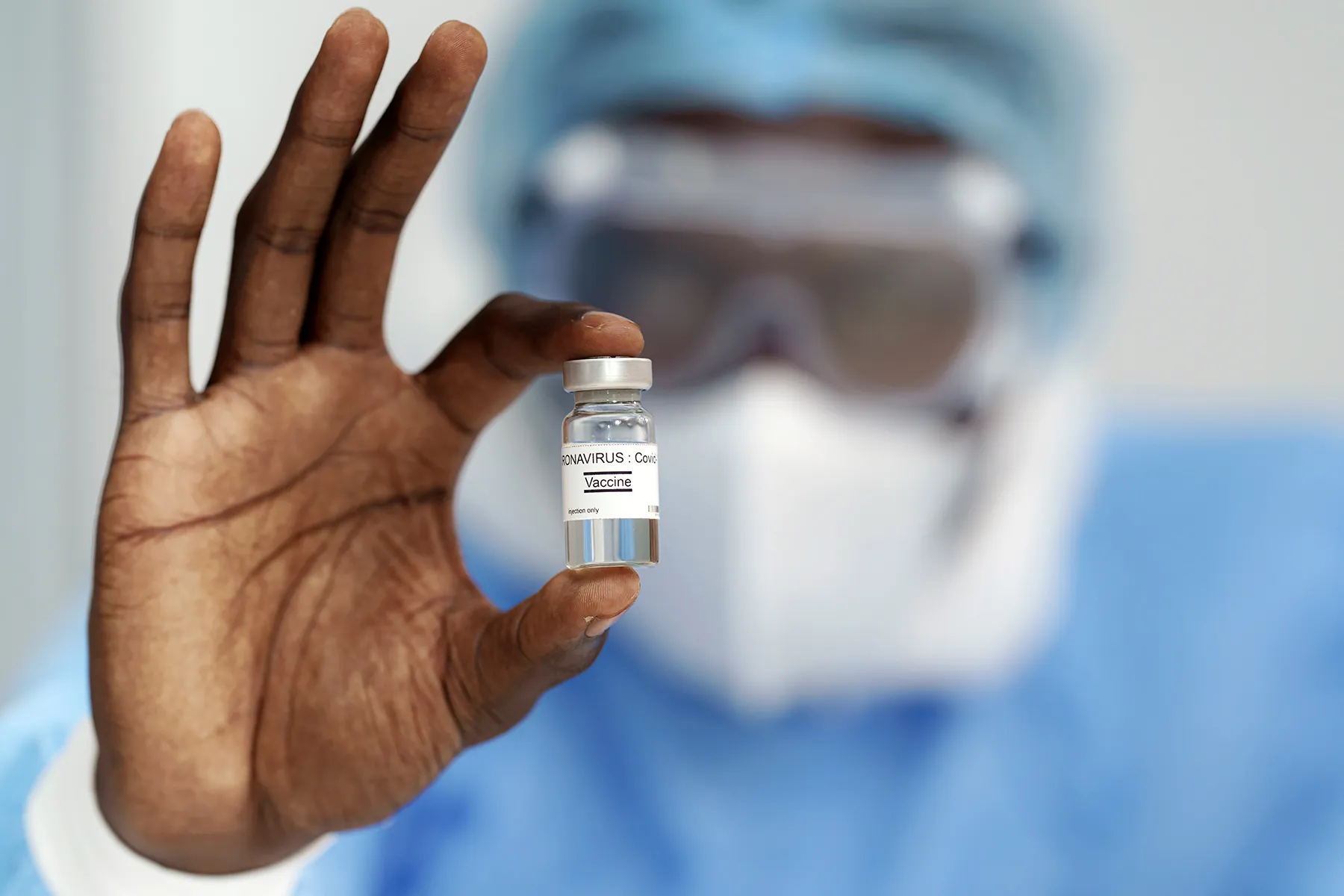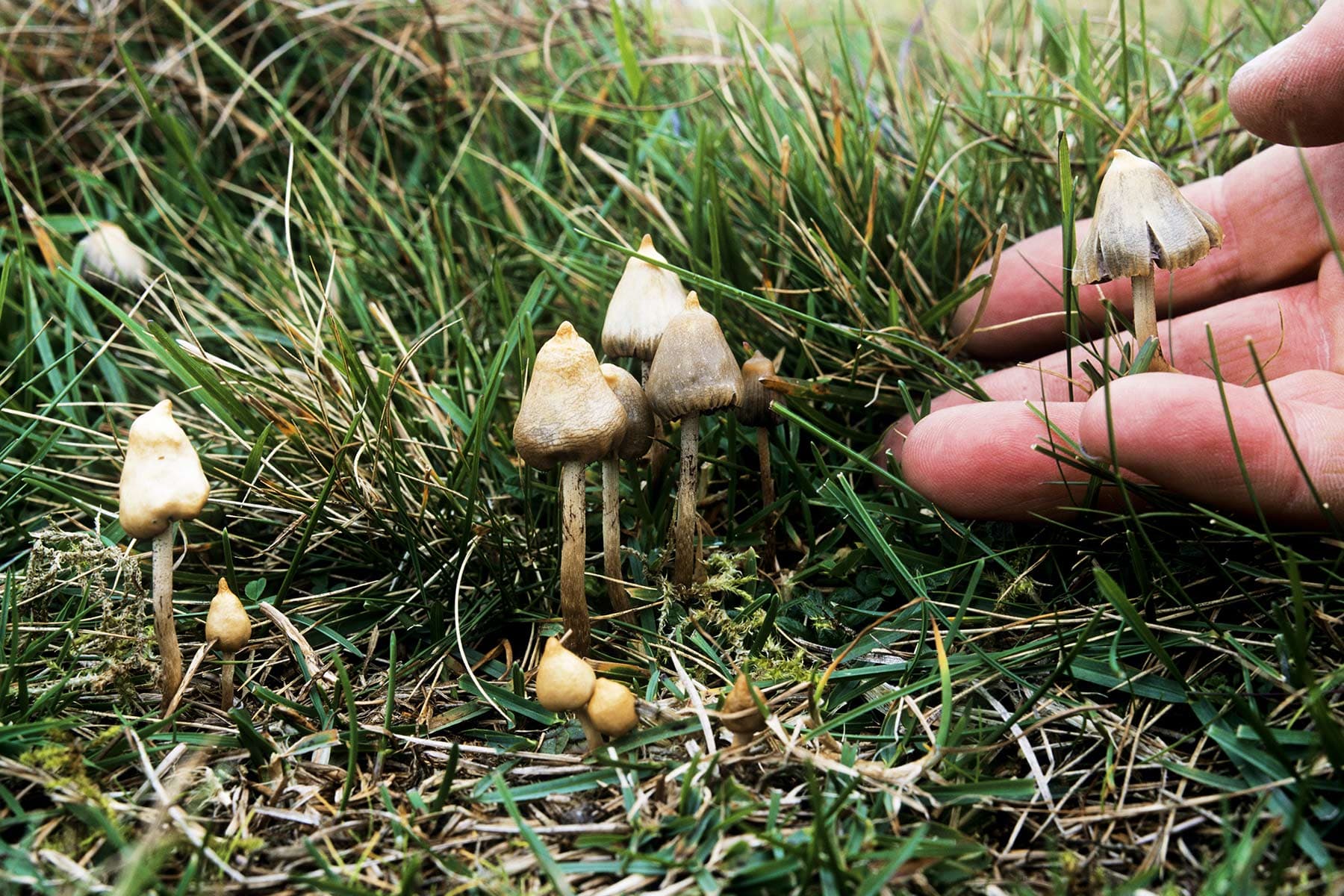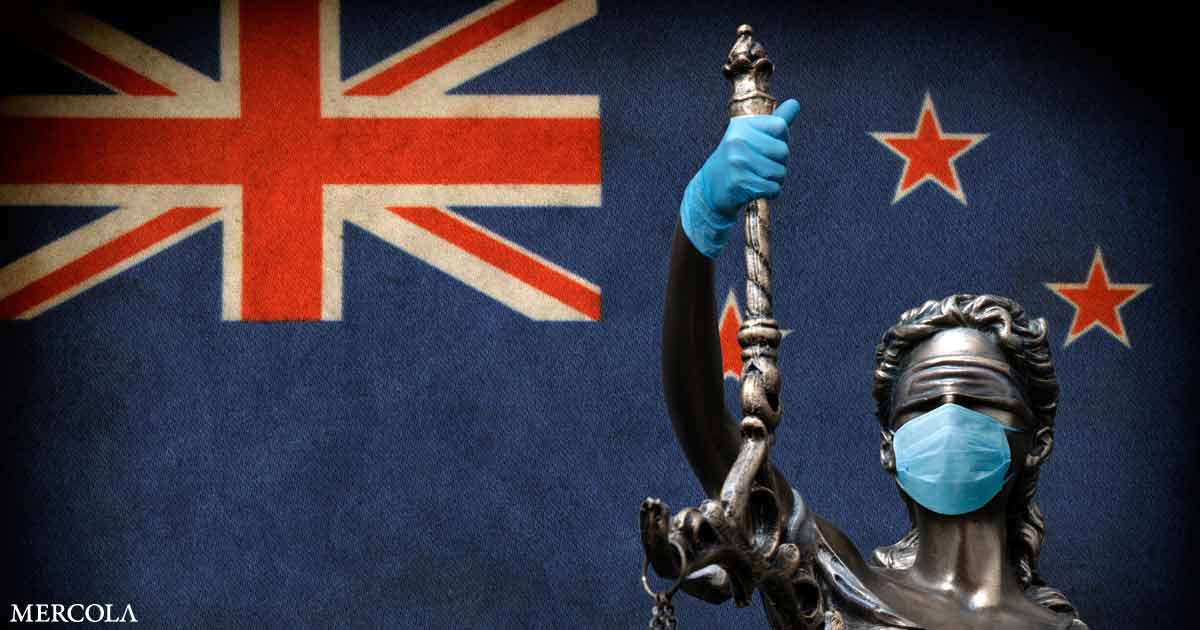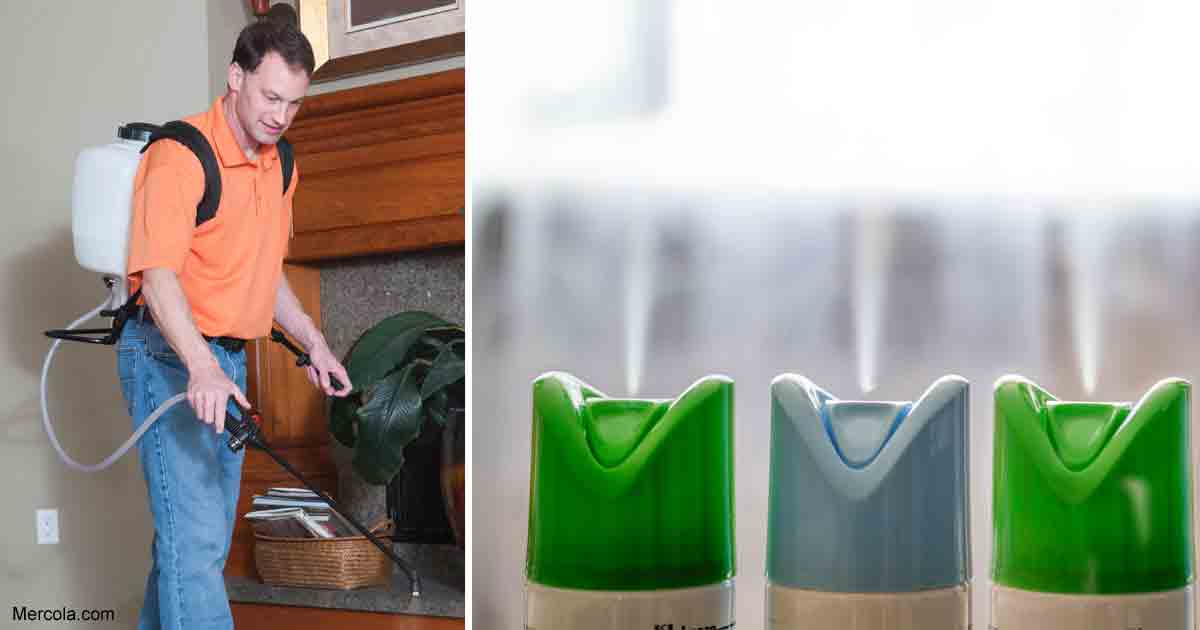
[ad_1]
Feb. 18, 2022 — Can I eat my placenta? Is a water birth safe for my baby? These are a couple of the questions that more people have been asking Sarah Pachtman, MD, over the past couple of years amid a boom in alternative birthing practices.
Pachtman, an obstetrics and gynecology doctor and a specialist in maternal-fetal medicine at Northwell Health in New York City, and the voice behind the @healthymamadoc Instagram account, says interest in these practices has been fueled — at least in part — by the pandemic.
“There’s a lot of distrust in the medical system and a lot of distrust in the way physicians practice now. And I think COVID and the pandemic amplified that a lot,” she says.
Recent interest in alternative practices has included water births, encapsulating and eating the placenta, and even vaginal seeding, or smearing a baby born by C-section with vaginal fluid with the goal of establishing a normal microbiome in the baby. Some have also expressed interest in lotus births, in which parents leave the umbilical cord intact after birth until it falls of on its own, with the aim of giving the baby extra blood and nutrients from the still-attached cord.
A recent search of the online marketplace Etsy, for example, turned up hundreds of hits for products involved in lotus births, including kits with “lotus birth herbal blend, the lotus birth bag, seven disposable bag liners and a roll of gauze for wrapping the umbilical cord to keep baby warm while still attached.” New parents can even buy a onesie for their newborn that boasts, “My Mom Ate My Placenta.”
But few of these practices have been studied. Scientists and doctors lack a clear idea of their benefits — if there are any — or the possible risks to parent and baby. Since they don’t have evidence of benefit, Pachtman and many of her colleagues do not recommend these practices.
Here’s what we know — and don’t know — about the safety and benefits of two much-discussed alternative birth practices: water births and eating the placenta.
Water Labor and Births
When talking about water births, it’s important to distinguish between laboring in water and giving birth while submerged in water.
Laboring in water during the first phase of pregnancy has been linked to pain relief among people with healthy, uncomplicated pregnancies carried completely to term.
“Certainly, in selected patients, that is a reasonable option,” says Alison Cahill, MD, a maternal-fetal medicine specialist at UT Health Austin’s Women’s Health Institute. Cahill is also chair of the clinical consensus committee in obstetrics for the American College of Obstetricians and Gynecologists (ACOG).
Cahill says she is more concerned about women giving birth while submerged. Major medical associations, like the ACOG, do not support this practice because of a lack of evidence that it does more good than harm. Cahill worries about infants drowning, while Pachtman stresses that any home birth can be risky should an emergency arise.
Infection, while rare, is still a realistic concern, as there can be devastating outcomes. In 2016, for example, two babies born via water birth contracted Legionnaires’ disease, a life-threatening bacterial infection. While both of those babies survived, one infant in 2014 was also diagnosed with Legionnaires’ after a water birth and died. And in 2017, a baby in Canada died of an infection with a herpes virus after a water birth.
Ashton Gelzinis, a doula with Birth Naturally Brevard in Indian Harbour Beach, FL, delivered both of her children in water at home.
“It doesn’t necessarily take everything away, but it just turns the dial down on the intensity of labor,” she says. Gelzinis says she has not had issues with infections in her time working as a doula, though she notes the importance of making sure the birth team is qualified and can act quickly in emergencies. Midwives and their assistants should be trained in neonatal resuscitation and carry medications to stop bleeding, for instance.
Eating the Placenta
Pachtman says eating the placenta after giving birth is among the more popular practices that people ask her about. Most dry out the placenta, grind it into a powder, and put it into pills — a process called encapsulation.
People who have done this report having more energy, less concern about their milk supply, and healing a little faster.
“But again, just like water birth, there’s not a whole lot of research and evidence to support [these reports]” says Gelzinis, who consumed her placenta after giving birth and offers encapsulation for her clients.
“I haven’t had anybody have negative outcomes with taking the placenta,” she says.
Still, the stories about this practice do not mean there’s scientific evidence that eating the placenta is helpful.
“We have no way to say there’s any sort of benefit,” Cahill says.
“It’s all anecdotal … and while I respect those stories, I also tell my patients there is a risk your placenta has a virus,” like hepatitis, HIV, Zika, or COVID, Pachtman says.
The placenta acts as a filter and gathers toxic substances for 9 months, so there may be a risk of infection if you eat it, Pachtman explains. One report from Oregon in June 2017 found that a newborn developed group B strep linked to the placenta capsules the child’s mother had consumed after giving birth.
Making Decisions
For pregnant people and their partners with questions about alternative birthing practices, Pachtman and Cahill recommend speaking with their obstetrician about what they’re reading, hearing, and thinking.
“We want to respect patients’ autonomy, but of course want to keep pregnant people and unborn babies safe,” Cahill says.
Gelzinis recommends that all soon-to-be parents take a childbirth education class to learn their options rather than going down internet “rabbit holes” to make a choice.
“I am frequently shocked by the number of people who ask for medical advice from random people on the internet. If you want to make the best decision for you and your family, find a doctor or a birth provider who you trust. And if you want more information and they don’t have it, ask them to look it up” and help put the new information in context, Pachtman says. “Get the information from people who have read and studied and have learned about this for many, many years.”
[ad_2]
Source link








